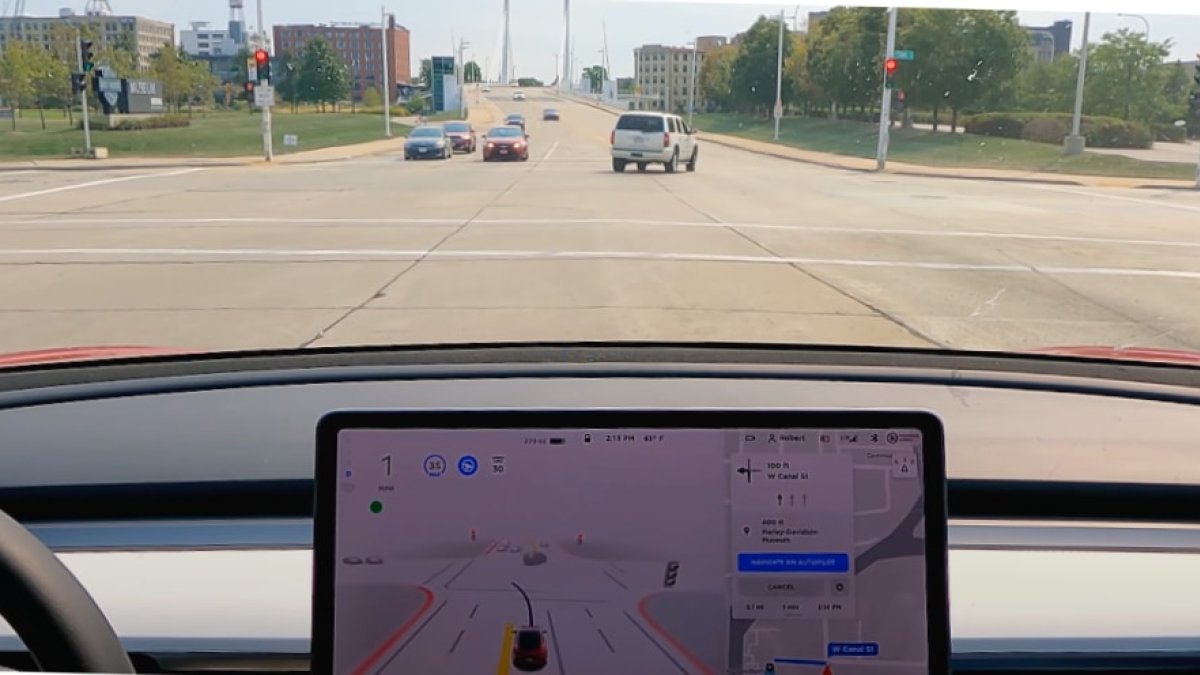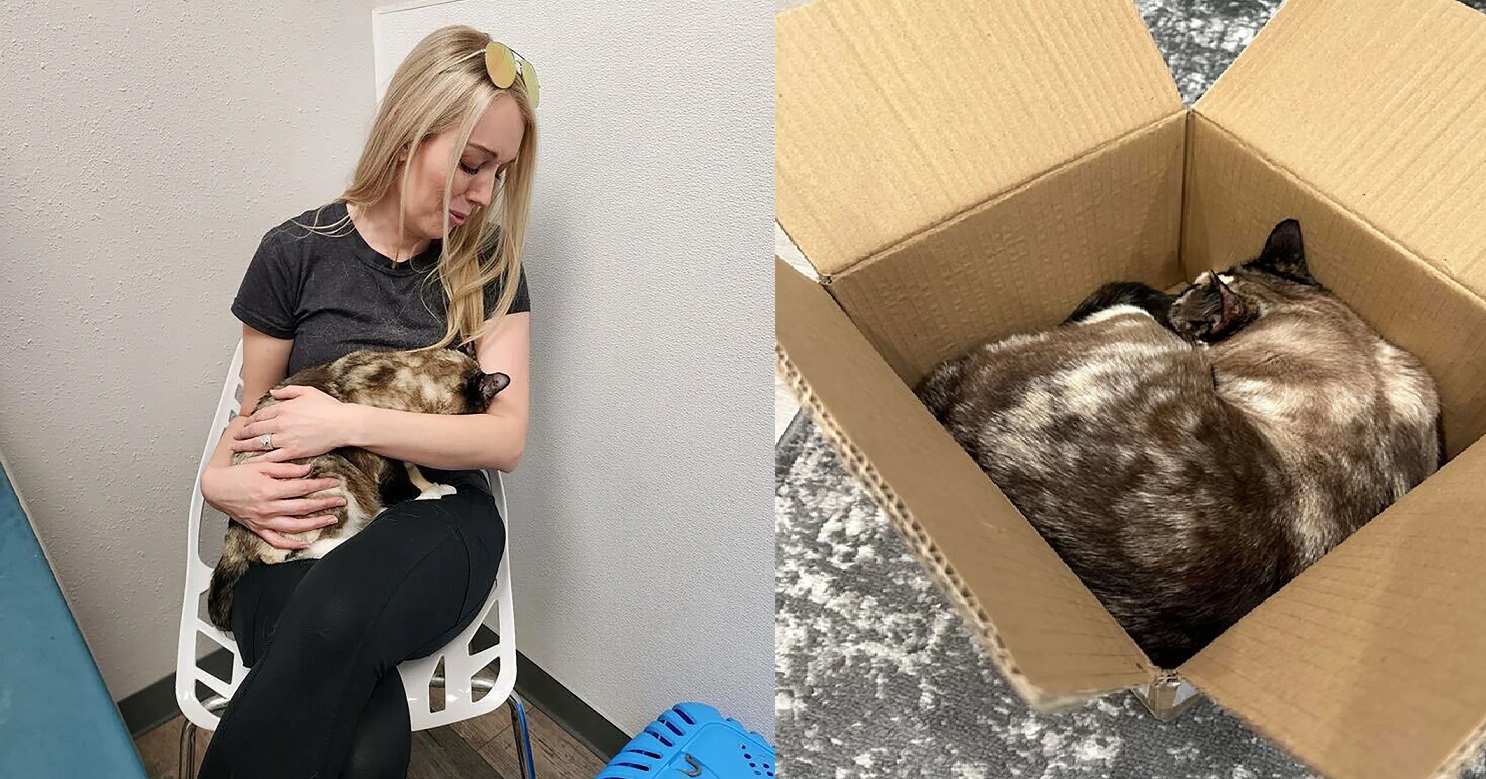By Kevin Armstrong
Tesla has finally taken the training wheels off, well, almost. After years of including the word “Beta” every time Full Self-Driving is mentioned, the company is now going with FSD (Supervised). Is it just a rebrand? Maybe, but there is no doubt that there is a significant upgrade from the previous versions of FSD Beta, and it certainly requires more than just a number upgrade, but a full freshening up of the name.
The Significance of “Supervised”
The latest update came with a message to the inbox on the Tesla app, which was highly anti-climatic for those waiting for a Cybertruck message. However, this software update might be as groundbreaking as the Cybertruck in the auto sector.
The transition to FSD (Supervised) acknowledges the current state of Tesla’s autonomous technology—it’s incredibly advanced and offers significant safety improvements, yet just like before, it still requires driver oversight. This change is a nod to the regulatory landscape and Tesla’s cautious approach to autonomy, ensuring drivers remain engaged and responsible while utilizing the system.
Updated Safety Stats Tell the Story
Tesla’s FSD technology has made commendable strides in enhancing vehicle safety, as evidenced by the latest statistics. With Autopilot engaged, Tesla vehicles report one crash per 5.39 million miles driven, starkly contrasting with the national average of one crash per 670,000 miles. This positions Teslas on Autopilot as approximately 8.04 times safer than the average US driver. Even without Autopilot, Teslas are about 1.49 times safer. These figures underscore the substantial safety benefits of Tesla’s technology on the road, though it hasn’t yet reached the ambitious “10 times safer” goal outlined in Tesla’s Master Plan Part Deux.
V12.4 is another big jump in capabilities.
Our constraint in training compute is much improved.
— Elon Musk (@elonmusk) March 17, 2024
The industry has taken note of Tesla’s advancements. Michael Dell’s commendation of FSD v12.3 as resembling human-like driving capabilities highlights Tesla’s progress in refining its autonomous driving features. Elon Musk’s response, teasing the release of FSD v12.4, suggests that Tesla is on the brink of further breakthroughs. Musk’s mention of overcoming AI training compute constraints indicates that Tesla’s pace of development is set to accelerate, promising even more sophisticated autonomous driving capabilities in the near future.
Conclusion
Tesla’s update from FSD Beta to FSD (Supervised) is more than a semantic shift—it reflects its safety and autonomous driving technology advancements. By emphasizing the supervised nature of its current FSD system, Tesla is navigating the complex balance between innovation, safety, and regulatory compliance. With FSD v12.4 on the horizon, Tesla continues to drive toward autonomous driving and a safer future on roadways.
By Kevin Armstrong
Tesla has prepared us for a slower sales year, but just how slow may be showing up on social media. No, I’m not talking about X, which is where 99% of Tesla news comes from, but social platforms owned by a guy that Elon Musk once wanted to fight.
Tesla advertising has been shown on Mark Zuckerberg’s Facebook and Instagram platforms. While Musk has talked about utilizing more conventional advertising for more than a year, Tesla has only sporadically shown up on a few digital avenues; now, it appears to be a full campaign.
The Return to Meta and Zuck
The year 2018 marked a significant moment in Tesla’s history when Elon Musk, in a move reflective of his disdain for Facebook amid the Cambridge Analytica scandal, deleted Tesla and SpaceX’s Facebook pages, both of which boasted millions of followers. Fast forward six years, Tesla has reinstated its presence on Facebook and launched advertising campaigns across Meta-owned platforms.
BREAKING: Tesla has rejoined Facebook and is officially doing paid advertisements on the platform for the first time ever. Tesla originally removed its FB page 6 years ago.
Facebook has over 3 billion monthly active users, or approximately 37% of the global population. pic.twitter.com/InaYLqUnM5
— Sawyer Merritt (@SawyerMerritt) March 24, 2024
Musk is now paying Tesla money to a guy he challenged to a cage match and once joked/threatened to drive by his house and fight him. There are two takeaways here: Meta is a dominant force in online advertising, and Musk is willing to do whatever it takes to advance Tesla’s mission to a sustainable future.
Embracing Traditional Advertising Amidst EV Market Changes
Tesla’s advertisements, including ads on Cars.com, which highlight the Model Y, demonstrate the company’s adeptness in utilizing Meta’s sophisticated targeting capabilities to reach potential customers. Tesla’s avoidance of traditional advertising was once heralded as a visionary move, saving the company billions and contributing to its mystique.
However, the electric vehicle landscape has evolved, with early adopters now equipped with their chosen EVs, making it imperative for Tesla and its competitors to reach a broader audience. Tesla’s advertising initiatives on Facebook, Instagram, and YouTube reflect this strategic adjustment, aiming to capture the attention of potential buyers beyond its core fanbase.
Despite Elon Musk’s historically critical view of advertising and his complex relationship with the social media advertising sphere, Tesla’s foray into paid advertisements represents a significant evolution in the company’s marketing strategy. This shift acknowledges the necessity of diversified marketing approaches in sustaining growth and expanding market reach in the contemporary automotive landscape.
By Kevin Armstrong
Tesla appears to be planning an ambitious project to build a private 5G network. This initiative would revolutionize connectivity for its vehicles and the robot, Optimus, as well as any other plans the company is likely to develop in the future.
Innovative Job Posting Reveals Big Plans
Although now removed, a recently spotted job posting for a Cellular Systems Integration Engineer on Tesla’s career page shed light on the company’s intentions. The role demands expertise to elevate Tesla’s vehicle and Optimus robot connectivity, promising to push the boundaries of low latency and high data rates.
Tesla’s journey from 3G to the anticipated 5G upgrade will bring about ultra-reliable communication and high-speed data transfer, crucial for over-the-air software updates, autonomous driving features, and real-time data analytics. These communications could be product to product, such as vehicles communicating with each other or with other products such as Optimus. However, the job posting also talks about products being able to communicate with Tesla’s internal 5G network. It’s not clear whether the private network would be internal such as at a Gigafactory, or a broader network out in the world.
The Strategic Role of Private 5G Networks
Deploying its private 5G network, Tesla aims to create a seamlessly connected environment in its manufacturing facilities, research labs, and outdoor spaces. This infrastructure is not just about enhancing vehicle connectivity; it’s also pivotal for the operational efficiency of the Optimus robot in various scenarios, including warehouse operations.
Tesla’s foray into private 5G networking places it in an advantageous position in the automotive and tech industries. This strategic move aligns with the global trend towards adopting private 5G networks, which promise to revolutionize industries with their reliability and speed. Tesla’s efforts to develop a private 5G protocol stack that integrates with any cellular infrastructure globally will set new industry standards.
With 5G, Tesla vehicles and Optimus robots will benefit from significantly reduced latency, offering under 5 milliseconds compared to the 60-98 milliseconds of 4G networks. This technological advancement is expected to enhance the functionality and responsiveness of Tesla’s products, paving the way for advanced autonomous driving capabilities and efficient robot operations.
Tesla’s interest in developing a private 5G network is a logical step. By building an infrastructure that supports the fastest connectivity standards, Tesla is preparing for its vehicles and laying the groundwork for sophisticated robotics applications. This endeavor reflects Tesla’s ongoing commitment to innovation and its role in shaping the future of transportation and automation.

Barbara Terrio is a seasoned business journalist, delving into the world of finance, startups, and entrepreneurship. With a knack for demystifying complex economic trends, she helps readers navigate the business landscape. Outside of her reporting, Barbara is an advocate for financial literacy and enjoys mentoring aspiring entrepreneurs.








